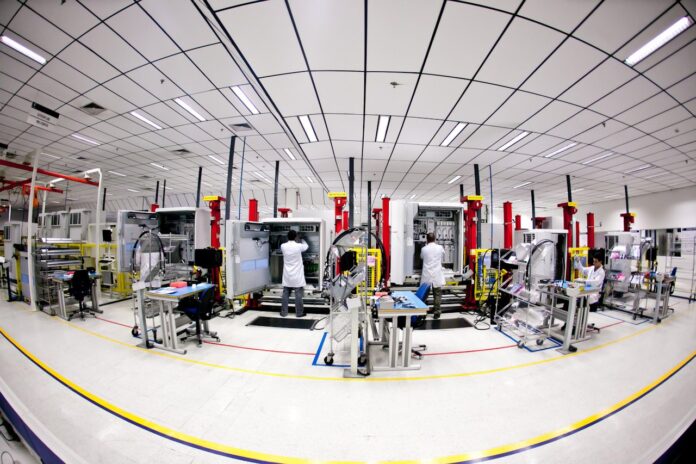Targeting 2016 test, Ericsson partners with América Móvil and Brazilian government
In coordination with the Brazilian government and carrier América Móvil, Swedish ICT and telecom vendor Ericsson plans to test “5G” mobile networks in Brazil in 2016, and also will test an “Internet of Things” system to support digital transformation in the South American nation.
Ericsson and other stakeholders made the announcement on Oct. 19, corresponding with a visit by Brazil President Dilma Rousseff to Ericsson’s Swedish headquarters.
Ericsson and América Móvil plan to develop a 5G test system for use sometime in 2016. Some of the 5G research and development will be carried out in cooperation with the University of São Paulo, University of Campinas and Federal University of Ceará.
On the IoT side, Ericsson is targeting support of both industry and the public sector with an emphasis on low battery consumption applications like sensors in remote areas.
ICT transformation, as well as the connected industry and society, has been a major area of emphasis for Ericsson; to that end, CEO and President Hans Vestberg said 5G will be central to the future of “virtually all sectors of society as well as all industries.”
“I am convinced the next generation of mobile broadband and the Internet of Things, enabled by 5G, will further accelerate the opportunities to advance in areas such as health care, education, energy services and agriculture, and within new industry applications. For 5G, our focus is to understand how the systems will be used by both society and industries. To be ready with complete commercial networks in 2020, Ericsson is partnering with América Móvil for the first 5G test system in Brazil as a clear demonstration of our competitive advantage, and at the same time we are bringing research out of the labs and into live test networks. We have been part of Brazil’s development since 1924, and I am proud that we continue to bring industry-leading technology in support of the country’s further development.”
Other areas of research and development include cyber-physical systems, which are networks that communicate with human input, particularly smart transportation infrastructure that communicates with autonomous or otherwise intelligent vehicles; MIMO design, which considers multiple antennas placed at the transmitter and receiver to increase capacity and efficiency; and intelligent radio resource allocation, which would allow for management and provisioning of 5G networks to ensure quality of service.

